- Home
- Asana
Asana
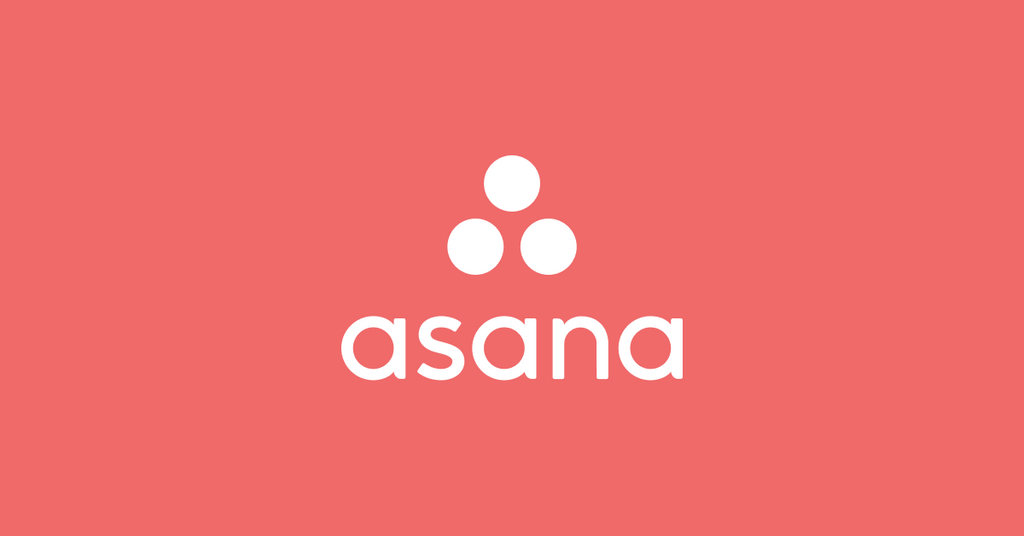
Asana Get a Project Section Integration
$0.00
Understanding the Asana Get a Project Section Integration The Asana Get a Project Section integration is an API endpoint that allows users to retrieve information about a specific section within a project on Asana. Asana is a popular project management tool used by individuals and teams to organize tasks, projects, and workflows. By utilizing th...
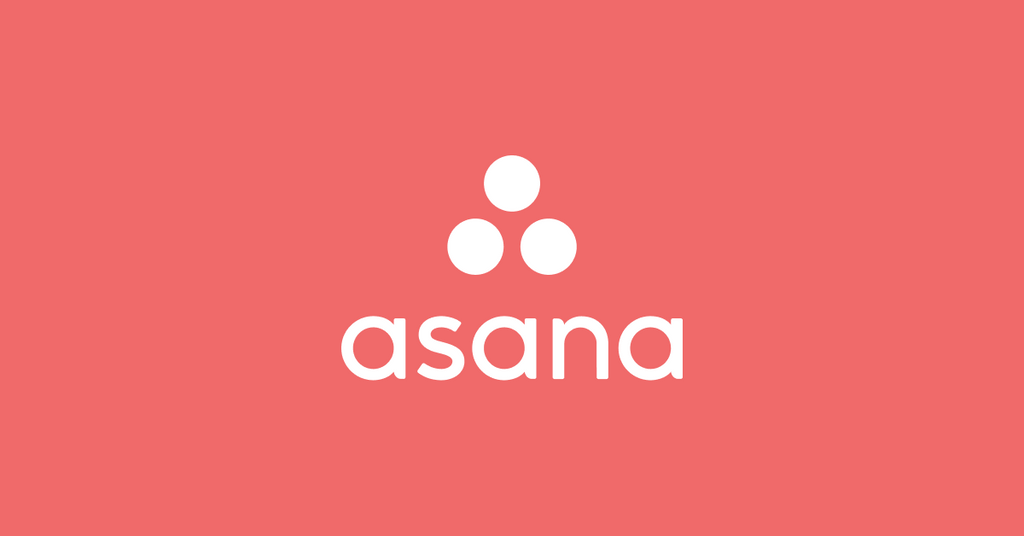
Asana Get a Project Status Integration
$0.00
Asana's Get a Project Status endpoint is a powerful feature that is part of the Asana API, which allows for interaction with Asana projects programmatically. This particular endpoint is designed to retrieve the most recent status update of a specific project within Asana. Below is an explanation of what can be done with Asana's Get a Project St...
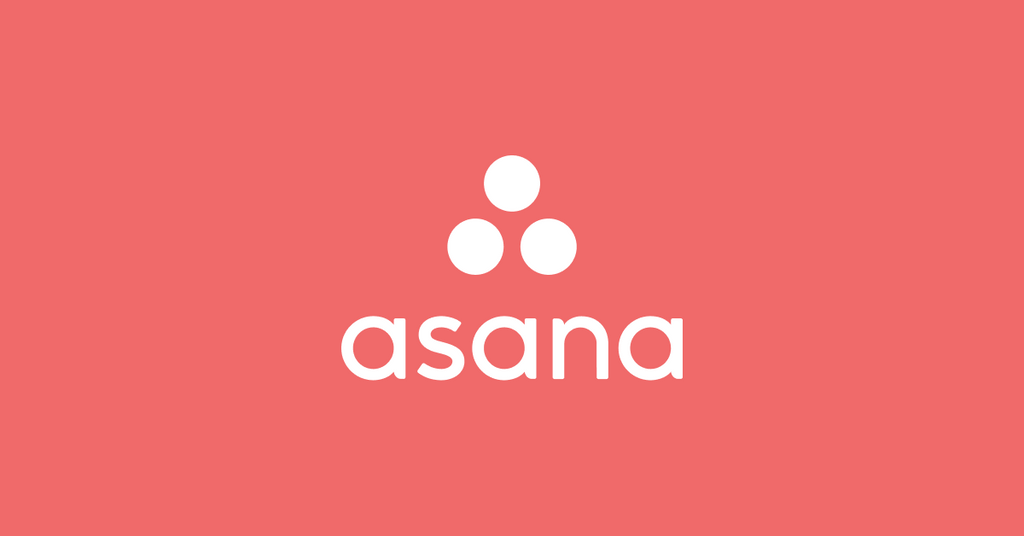
Asana Get a Project's Task Count Integration
$0.00
Asana is a popular project management tool that helps teams collaboratively track and organize their work. One of the functionalities provided by Asana is a range of API endpoints that allows developers to integrate Asana's capabilities with other applications and services. The "Get a Project's Task Count" API endpoint is one such utility that c...
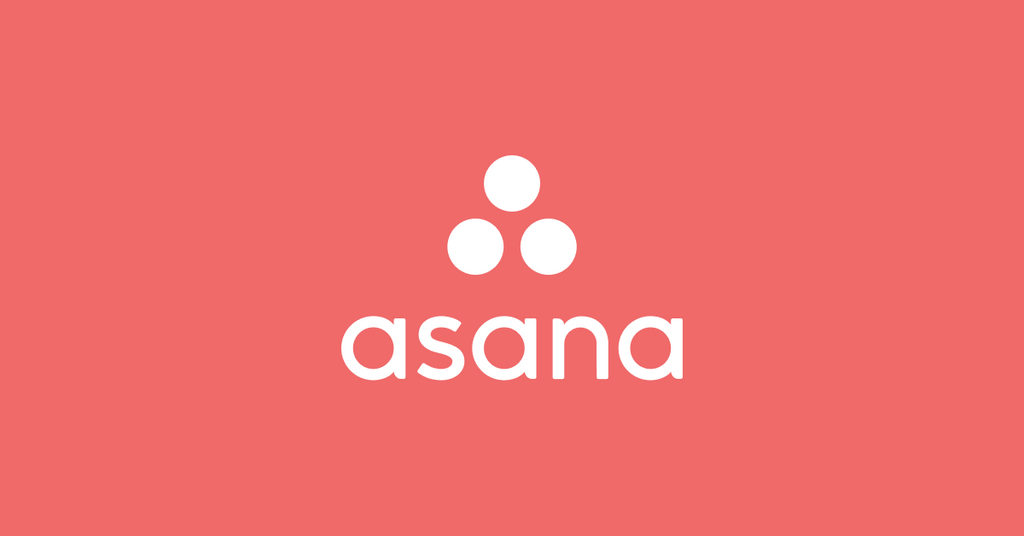
Asana Get a Story Integration
$0.00
The Asana Get a Story API endpoint is a part of the Asana API, which is designed to interact with Asana, a project management and team collaboration tool. The Get a Story endpoint allows developers to retrieve detailed information about a single "story" (which, in Asana, can be a comment, an update about the task, or an activity log within a tas...
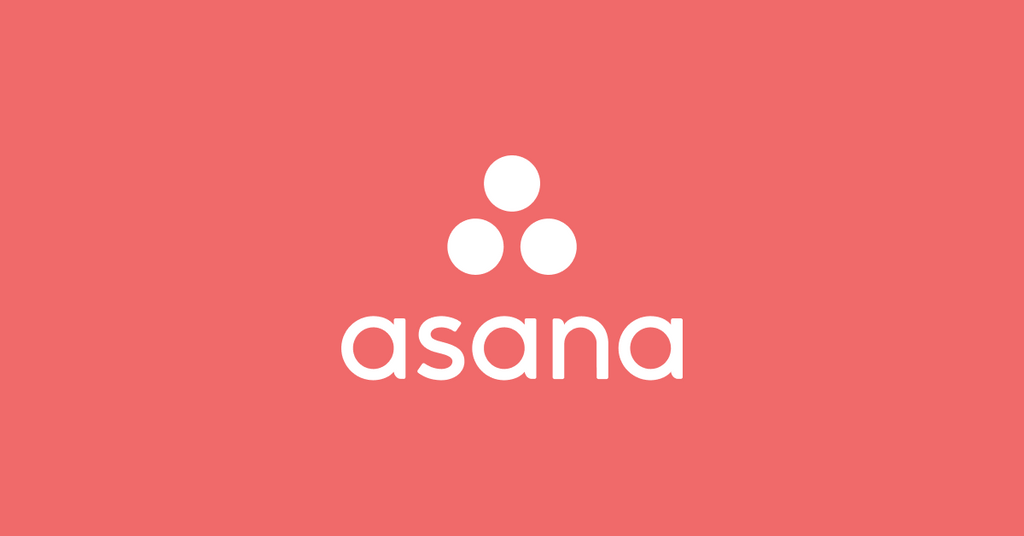
Asana Get a Tag Integration
$0.00
Asana's Get a Tag Integration API Endpoint Asana's Get a Tag Integration API endpoint is a powerful tool for developers working with Asana's agile project management software. This API endpoint allows applications to retrieve detailed information about a specific tag created in Asana. A tag in Asana is a label that can be attached to tasks and ...
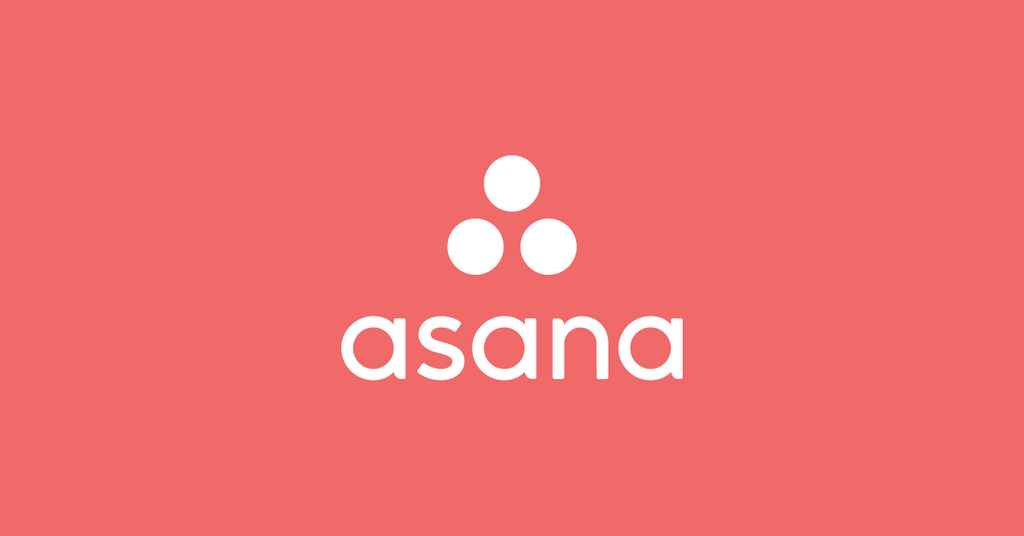
Asana Get a Task Integration
$0.00
The Asana Get a Task Integration API endpoint is designed to retrieve detailed information about a specific task within Asana, a project management tool. Developers can use this API endpoint to integrate Asana's functionality into third-party applications, create custom workflows, or enhance the user experience by displaying task information out...
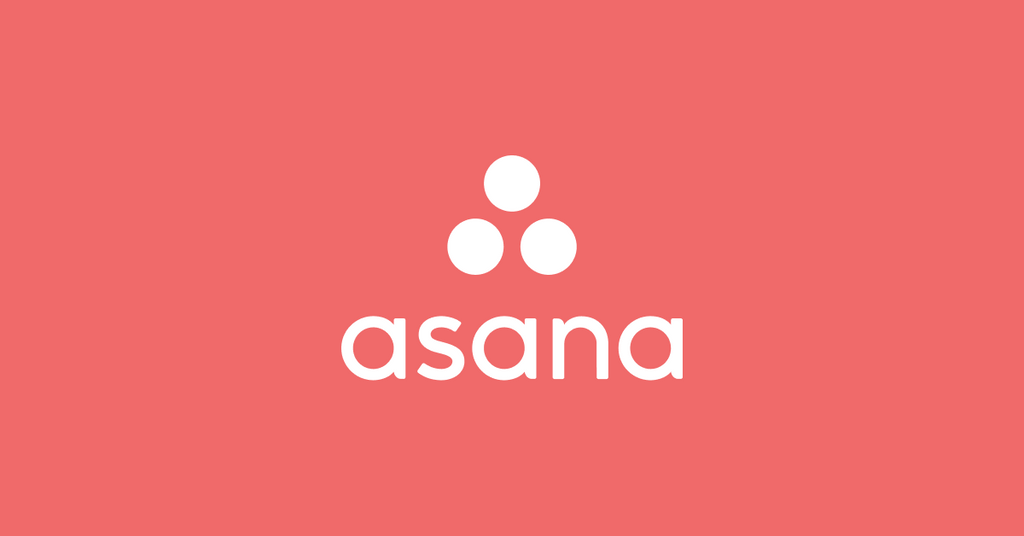
Asana Get a Team Integration
$0.00
Asana is a popular project management tool that enables teams to organize and track the progress of their tasks and projects. The Asana platform provides an API (Application Programming Interface) which allows developers to build custom integrations and interact with Asana programmatically. One of the API endpoints provided by Asana is the "Get ...
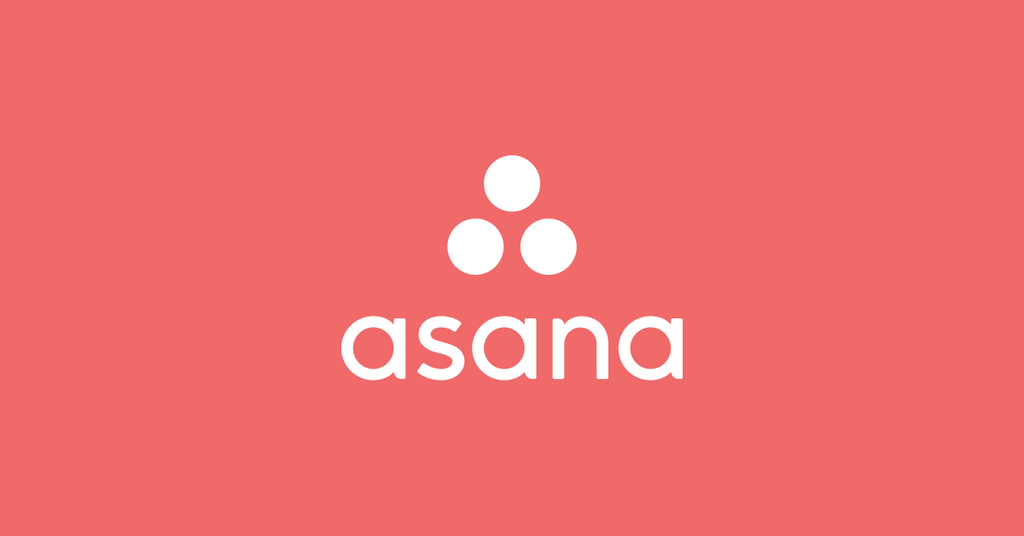
Asana Get a User Integration
$0.00
Understanding and Utilizing the Asana Get a User Integration API Endpoint The Asana Get a User Integration API endpoint is a powerful feature provided by the Asana platform, which enables developers to retrieve information about a specific user’s integration with an external service. By utilizing this API endpo...
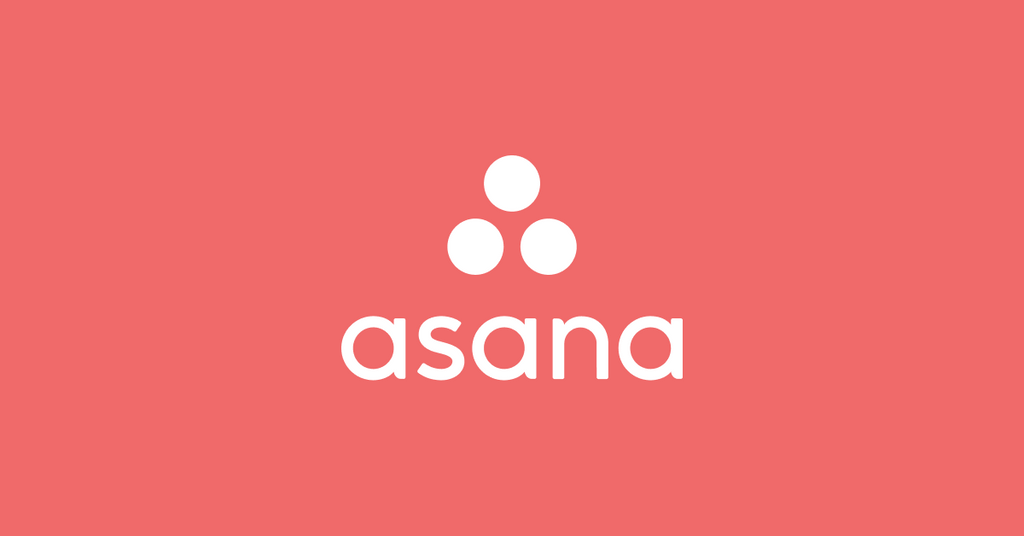
Asana Get a Workspace Integration
$0.00
Understanding and Utilizing the Asana Get a Workspace Integration API Endpoint Asana is a popular project management tool that helps teams organize, track, and manage their work. It provides various functionalities to enhance productivity and streamline project workflows. One of the functionalities offered by Asana is the ability to integr...
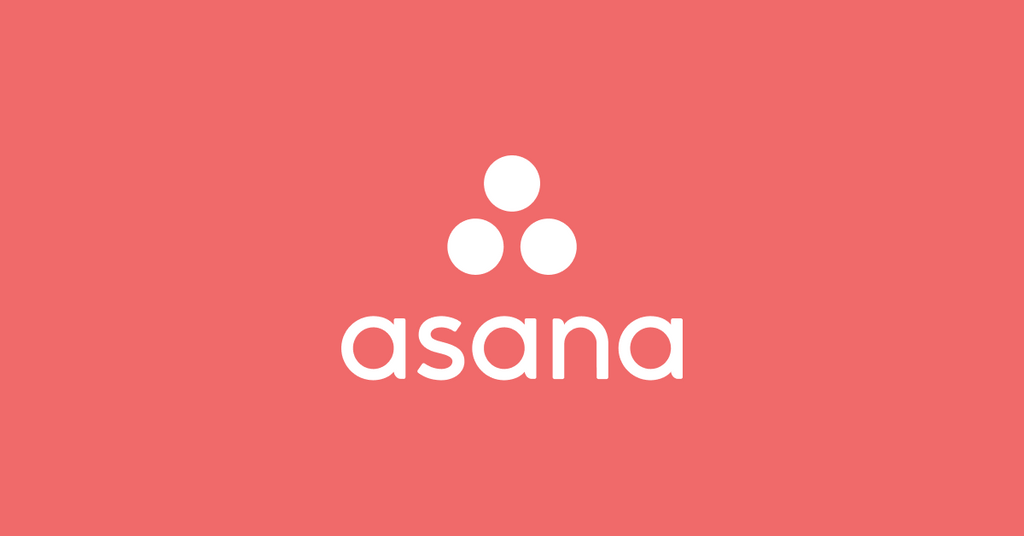
Asana Get an Attachment Integration
$0.00
Asana is a project management tool that helps teams coordinate and track their work. The Asana API provides a way for developers to build applications that interact with Asana and extend its functionality. One of the API endpoints provided by Asana is the "Get an Attachment" endpoint. The following explanation outlines what can be done with this...
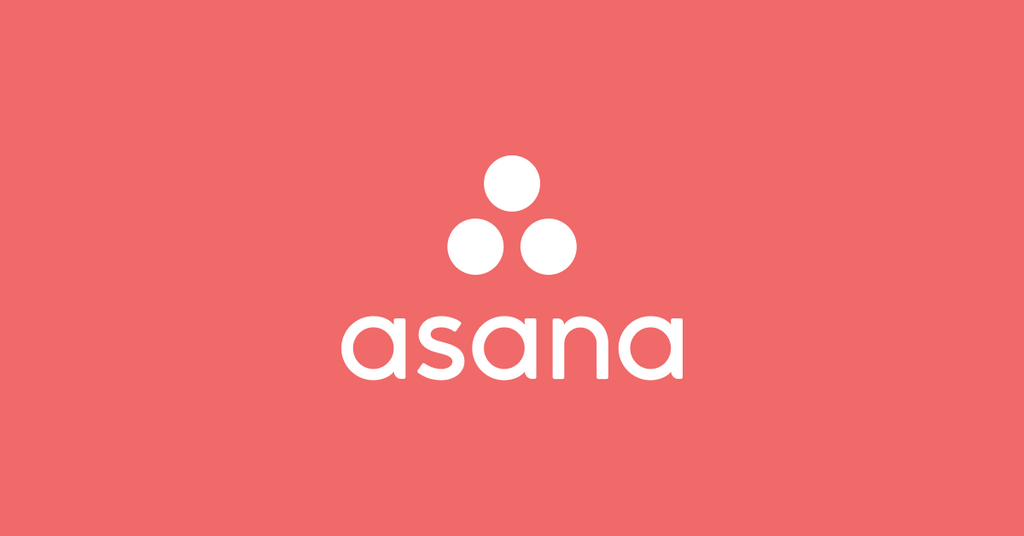
Asana List a Project's Custom Fields Integration
$0.00
The Asana List a Project's Custom Fields API endpoint is a functional utility that is part of the Asana application programming interface, particularly useful for those who manage projects and need to customize how information is tracked and reported. The API endpoint allows developers and users to programmatically retrieve a collection of custo...
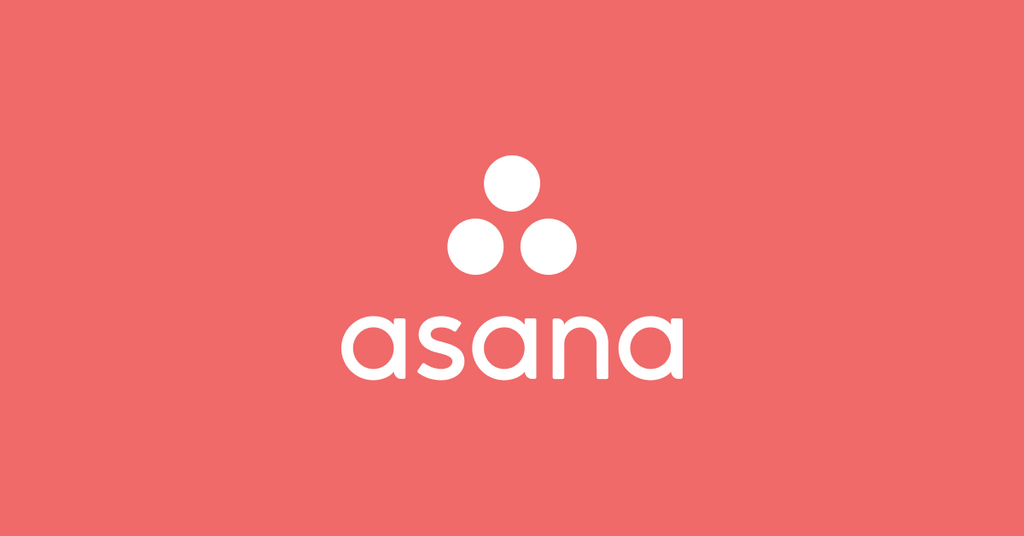
Asana List a Task's Attachments Integration
$0.00
Asana is a popular project management tool that helps teams coordinate and manage their work tasks effectively. As part of Asana's API offerings, the "List a Task's Attachments" integration is an endpoint designed for developers to interact with Asana programmatically to retrieve a list of attachments associated with a specific task. APIs, or A...
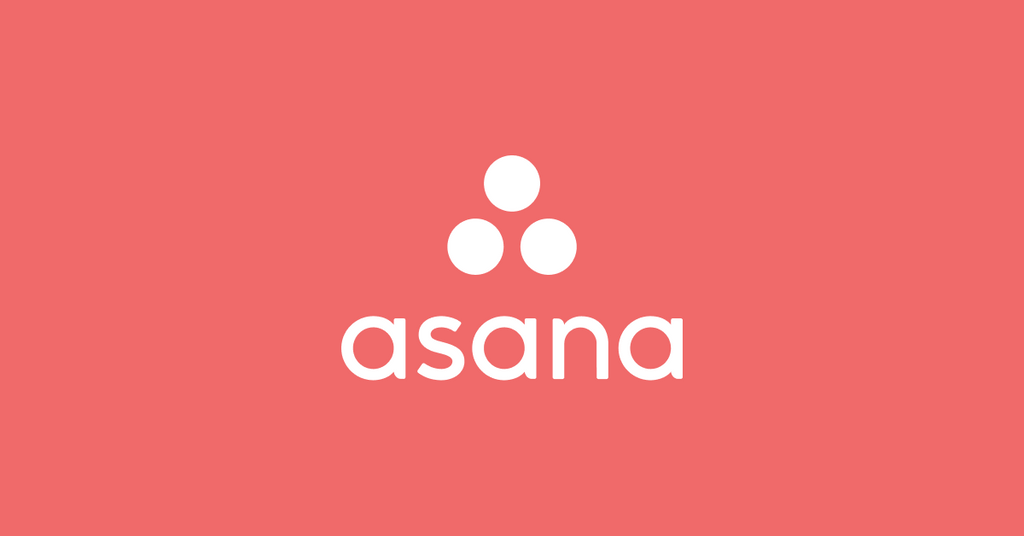
Asana List a Task's Dependencies Integration
$0.00
Understanding the Asana List a Task's Dependencies Integration API Endpoint The Asana List a Task's Dependencies Integration API endpoint is a powerful tool within the Asana project management software. Asana is designed to help teams track their work and manage team projects. A key feature of Asana is the ability to establish dependencies betw...
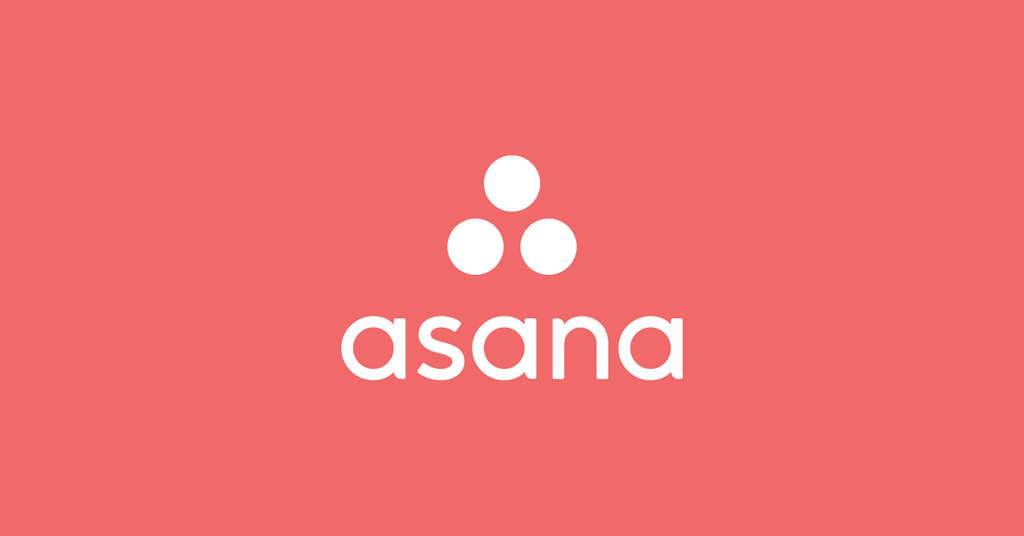
Asana List a Task's Dependents Integration
$0.00
Exploring the Asana List a Task's Dependents Integration The Asana List a Task's Dependents Integration is a powerful API endpoint that allows users to retrieve a list of dependent tasks for a given task within the Asana project management platform. This endpoint forms a crucial part of the dependencies feature in Asana, which helps users to ma...
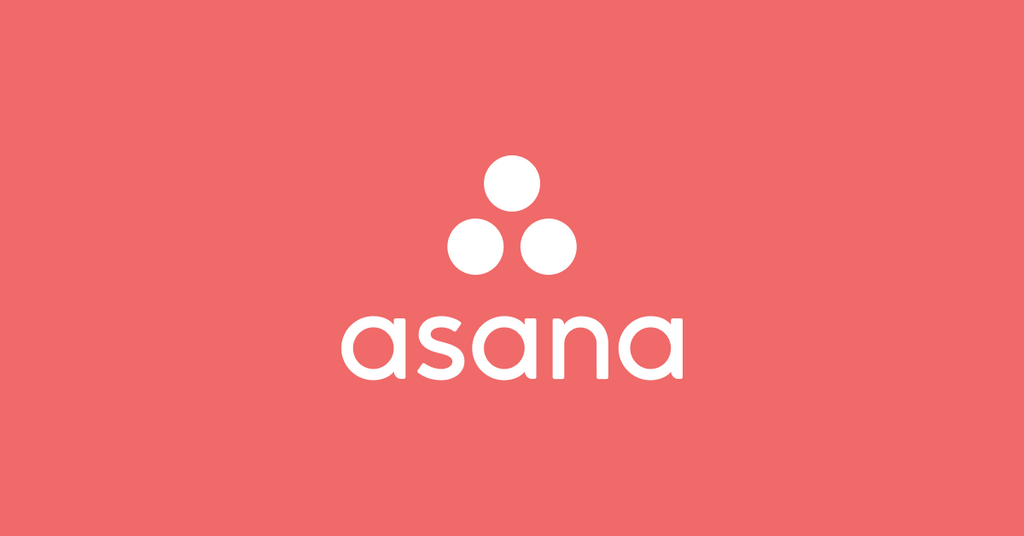
Asana List a Task's Projects Integration
$0.00
Understanding and Utilizing the Asana API: List a Task's Projects Integration The Asana API provides a range of endpoints that facilitate automation and integration with Asana's task and project management capabilities. One particular endpoint that can prove incredibly useful is the "List a Task's Projects" integration. This endpoint allows you...
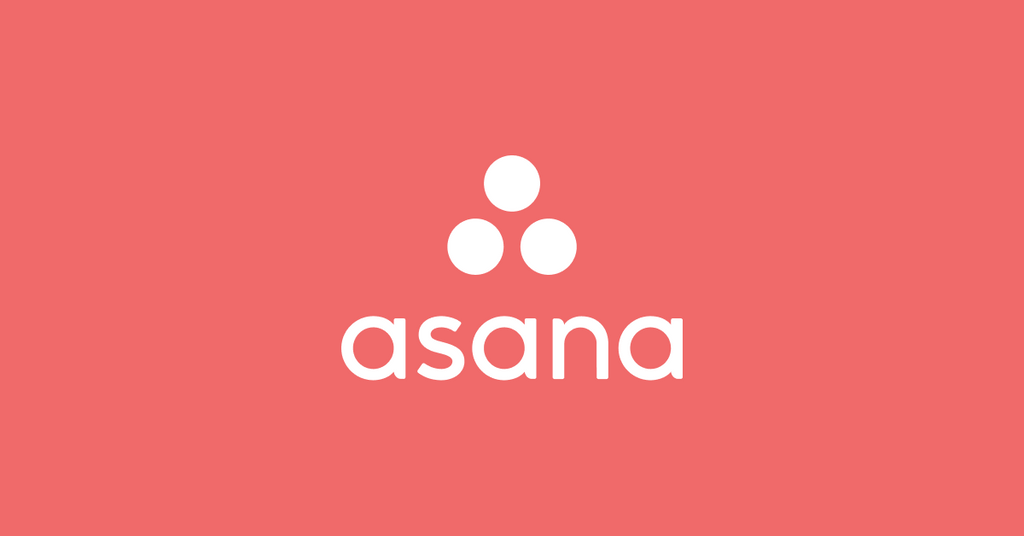
Asana List a Task's Stories Integration
$0.00
Understanding the Asana List a Task's Stories Integration Asana is a popular project management tool that helps teams coordinate and track their work. Within Asana, tasks are the fundamental units of work assigned to team members. A "story" in Asana is an object that represents an activity related to a task. This activity could be comments, chan...
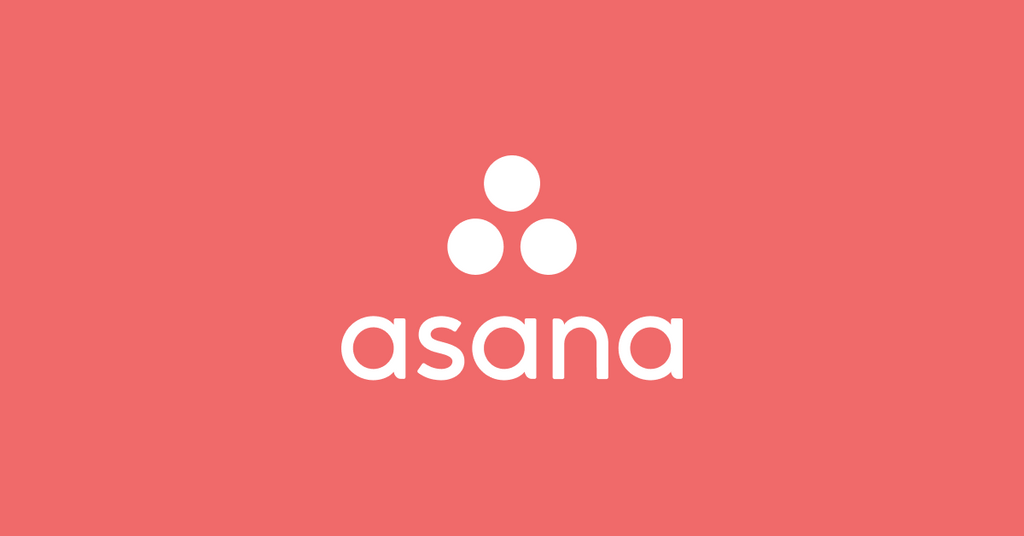
Asana List a Task's Subtasks Integration
$0.00
Understanding the Asana List a Task's Subtasks Integration The Asana List a Task's Subtasks Integration is an API endpoint that allows developers to retrieve all subtasks associated with a specific parent task within the Asana project management platform. By using this endpoint, developers can create applications or systems that interact with As...
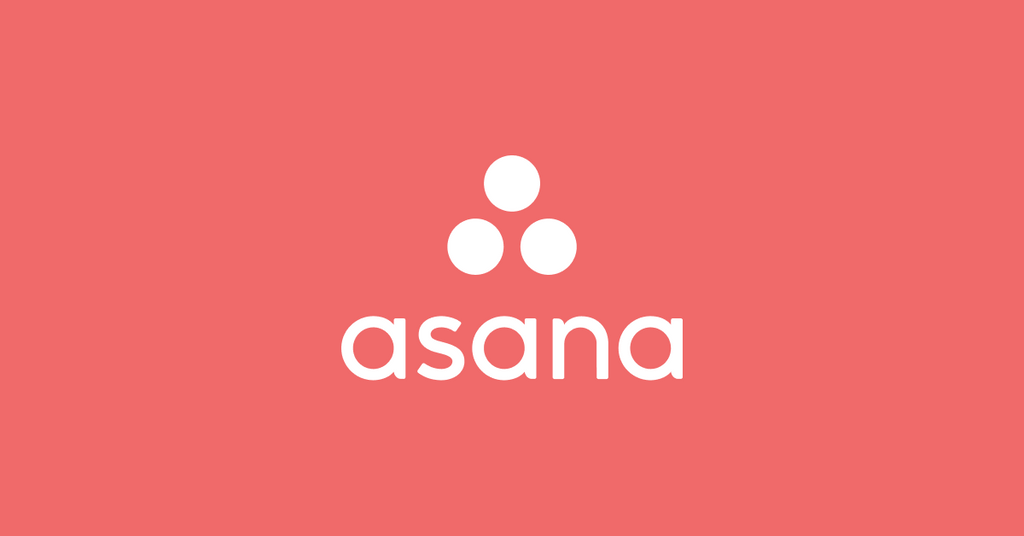
Asana List a Task's Tags Integration
$0.00
The Asana List a Task's Tags Integration API endpoint is a useful component of the Asana platform, which is a popular project management and team collaboration tool. This API endpoint allows users to retrieve a list of tags associated with a specific task within Asana. It is an important feature for developers and users who want to integrate Asa...
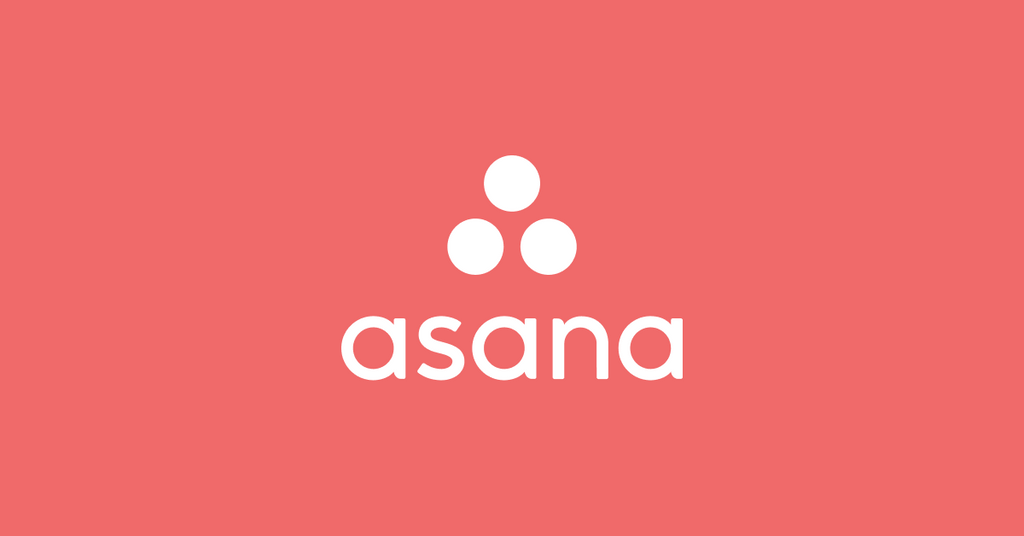
Asana List a Team's Users Integration
$0.00
Exploring the Asana List a Team's Users API Endpoint The Asana List a Team's Users API endpoint is a powerful feature provided by the Asana platform, which is widely used for project management and team collaboration. This API endpoint allows developers to programmatically receive a list of all users that are members of a specific team within a...
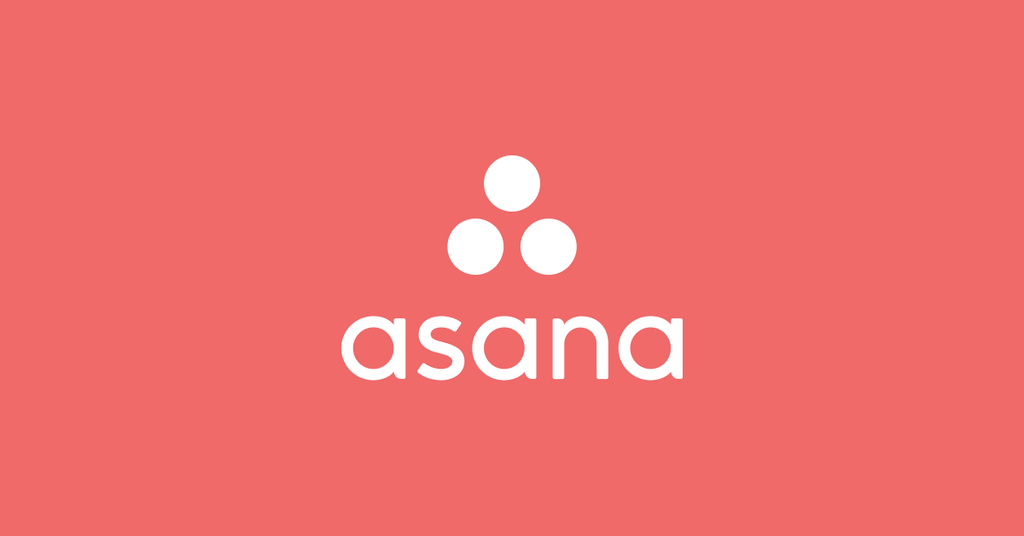
Asana List a User's Teams Integration
$0.00
Understanding the Asana List a User's Teams Integration API Endpoint Exploring the Asana List a User's Teams Integration API Endpoint The Asana List a User's Teams Integration API endpoint is a powerful tool that provides developers with the ability to access information about the teams to which a specific user belongs within Asana, a pop...
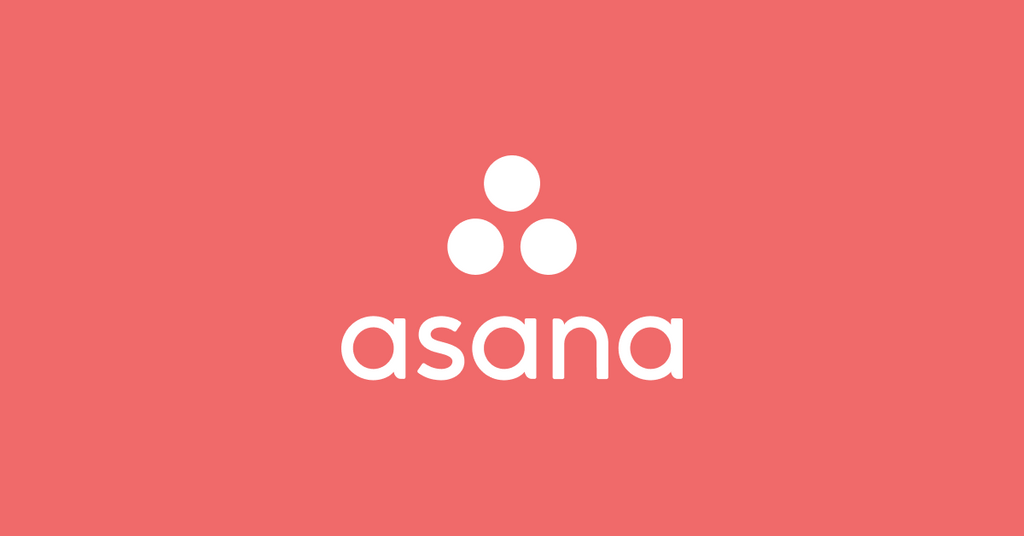
Asana List a Workspace's Custom Fields Integration
$0.00
Asana is a project management tool that allows users to manage their tasks and projects efficiently. One of the features that Asana provides is the ability to use custom fields, which enable users to add additional data and context to their tasks beyond the standard fields. The Asana List a Workspace's Custom Fields API endpoint is designed to h...
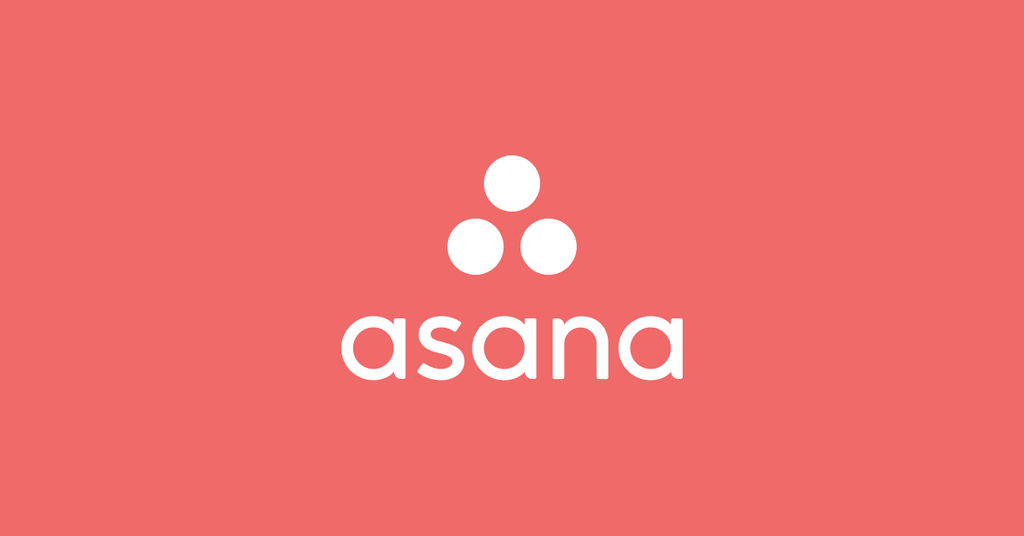
Asana List a Workspace's Teams Integration
$0.00
The Asana List a Workspace's Teams Integration API endpoint is a tool within Asana's extensive suite of APIs that allows you to retrieve a list of all teams within a specific workspace or organization. A "team" in Asana is a group of people within an organization who are collaborating on various projects. This endpoint has several applications a...
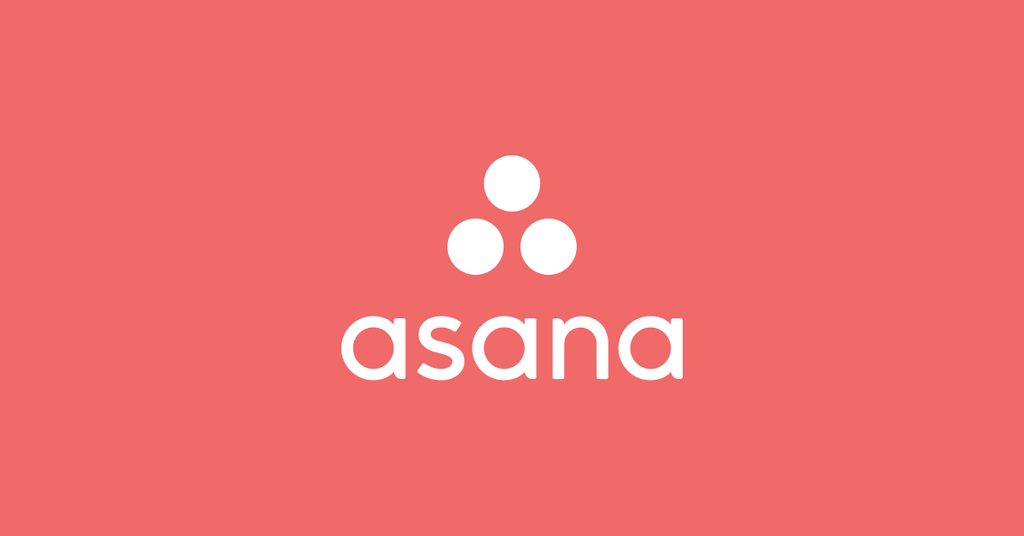
Asana List a Workspace's Users Integration
$0.00
The Asana List a Workspace's Users Integration API endpoint is a resource provided by Asana that enables developers to retrieve information on all users that are members of a specific workspace or organization. This API endpoint is an invaluable tool for developers and organizations that require an automated, programmatic way to manage their tea...
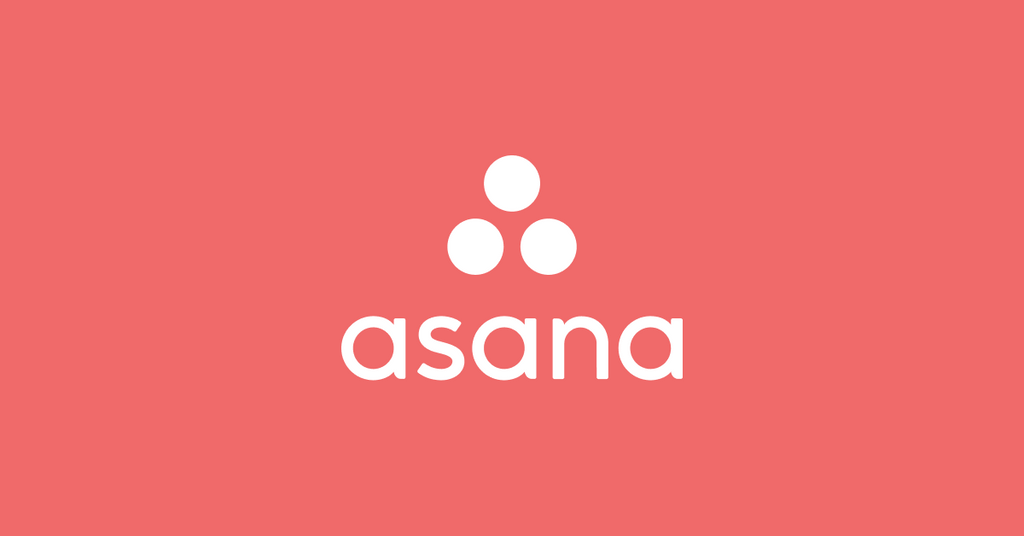
Asana List Goals Integration
$0.00
Exploring the Uses of Asana List Goals API Endpoint The Asana List Goals API endpoint is a powerful interface that allows developers to retrieve a collection of goals from within an organization that uses Asana for project and task management. This feature provides an effective way to synchronize Asana's goal-setting functionalities with extern...
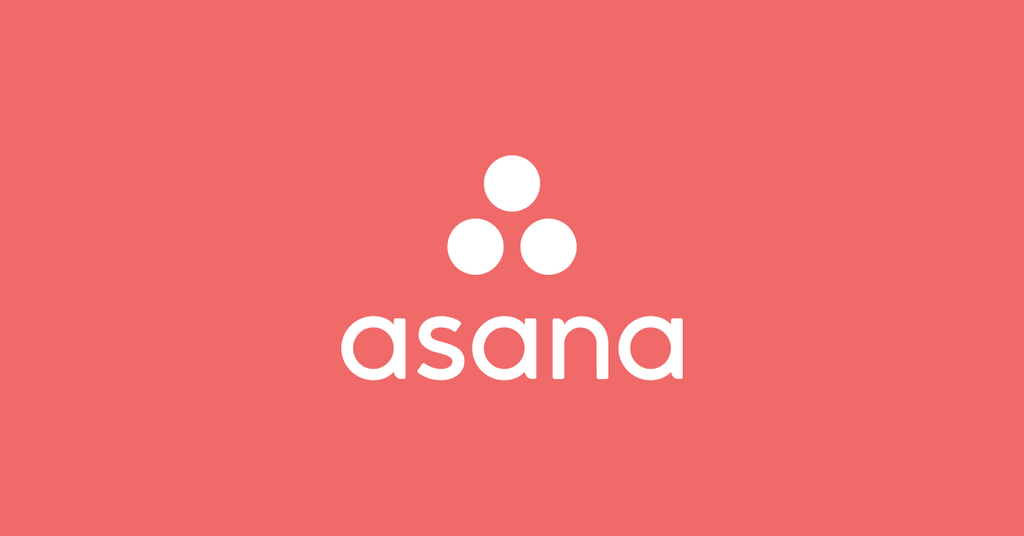
Asana List Portfolios Integration
$0.00
Asana is a project management tool that helps teams organize, track, and manage their work. To enhance its functionality and accommodate workflow automations, Asana provides a set of API endpoints that developers can use to integrate Asana with other applications or to create custom solutions that fit their needs. One such endpoint is the List P...
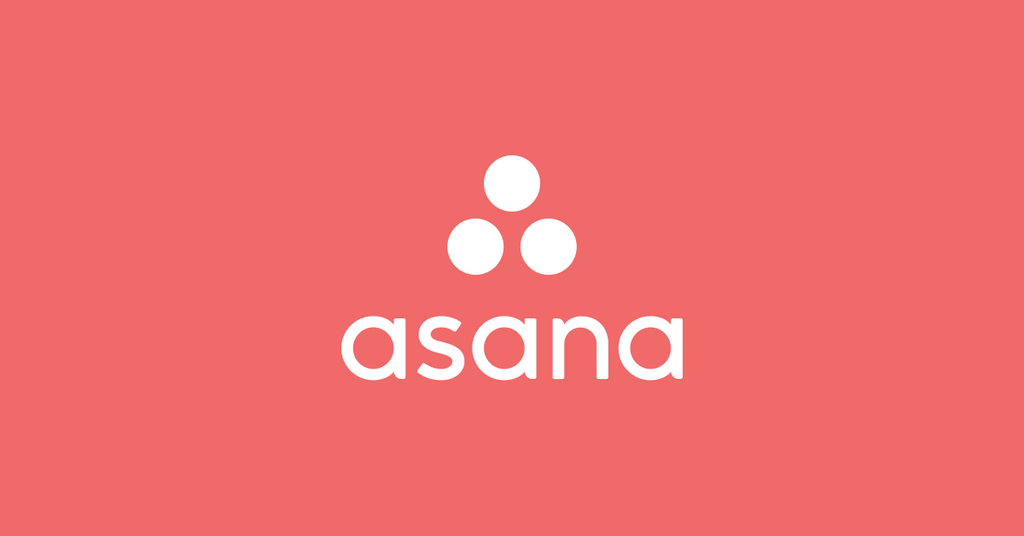
Asana List Project's Statuses Integration
$0.00
Asana List Project's Statuses Integration API Endpoint The Asana List Project's Statuses Integration API endpoint is a feature provided by the Asana platform, a project and task management tool used by teams for organizing their work. This particular endpoint allows users to retrieve a list of all the status updates that have been posted for a ...
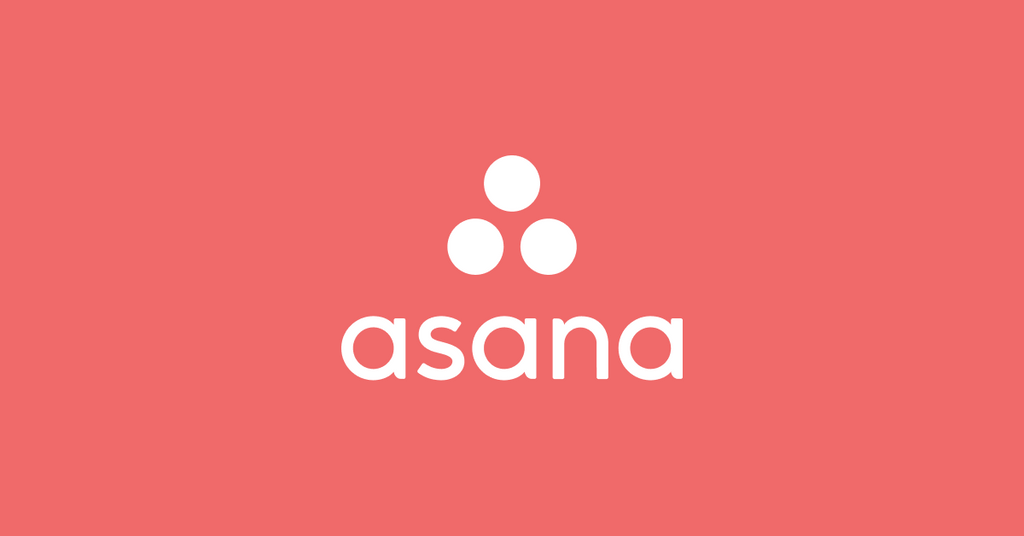
Asana List Projects Integration
$0.00
The Asana List Projects API endpoint is a valuable resource for integrating Asana project data into other applications or services. Asana is a project management tool that helps teams organize, track, and manage work. By using the List Projects API endpoint, developers can programmatically retrieve information about all projects within a designa...
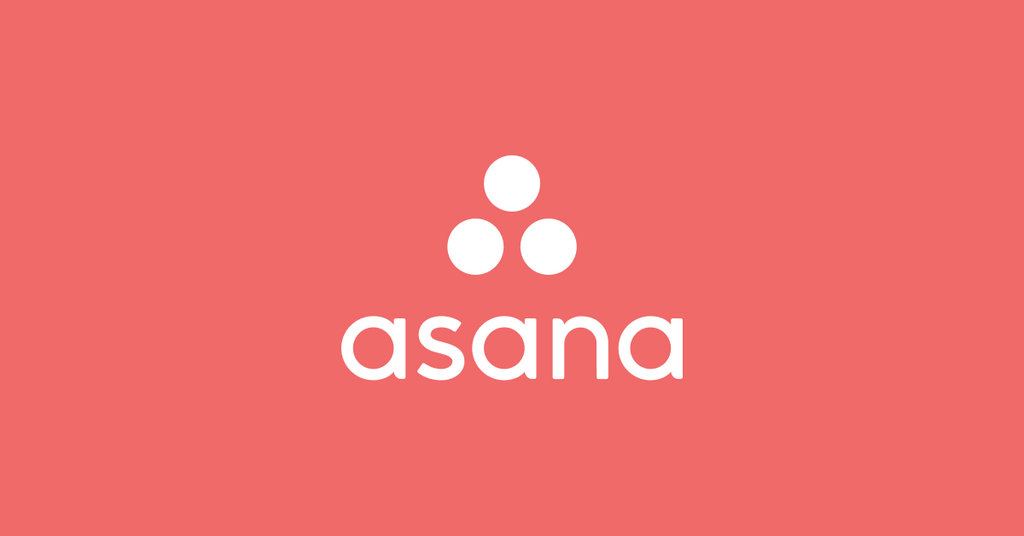
Asana List Tags Integration
$0.00
Understanding Asana List Tags Integration Exploring the Asana List Tags Integration API Endpoint The Asana application provides a feature-rich API that allows developers to create integration and automation solutions around Asana's project management tools. One of the useful API endpoints available is the Asana List Tags In...
Collections
- 0CodeKit Integrations
- Accounting
- ACH Processing
- Active Campaign
- Ai Automations and Integrations
- Aircall
- All Integrations
- Annuities
- ATS
- Auto & Home
- BI and Analytics
- Brand Management
- Bullhorn Integration Endpoints
- Business Infrastructure
- Business Operations
- Business Retirement Plans
- Business Systems
- Card Access
- CCaaS
- Clio Integrations
- Cloud Services
- Connectivity, MPLS, Private Line
- Cost Reduction
- CPaaS/SIP
- Customer Relationship Management
- Data Center
- Developer Platforms
- Development
- E-Commerce
- E-Commerce Software
- eREIT
- Field Service Automations and Integrations
- Finance Automations and Integrations
- Financial
- Fire Alarm Systems
- Fleet Tracking
- FTP Hosting
- Gift Card & Loyalty
- Google Sheets
- Graphic Design
- Health
- Healthcare Software
- HR and HCM Automations and Integrations
- HR Software
- Human Resources
- Implemenation
- Insurance
- Integrate RingCentral With Monday.com
- Integrations
- International
- Intrusion Systems
- Investments
- Invoicing
- Invoicing and Contract Software
- Lead Generation
- Learning Management
- Legal
- Legal Services
- Long Term Care
- Managed Investments
- Managed Services
- Marketing
- Marketing
- Marketing Automations and Integrations
- Micro Funding
- Mobile Payments
- Mobility/IoT
- Monday.com Integrations
- Mutual Funds
- Other
- Others Software
- Outsourced Sales
- Pay Per Click
- Payment Processing
- Payroll
- Phone Systems
- Photography
- Pre-Paid Legal
- Print & Promotional
- Process Implementation
- Product Management
- Productivity
- Productivity & Efficiency Improvement
- Project Management
- Recuritment
- Recurring Payments
- RingCentral Integrations
- Sales Software
- Sales Training
- SD-WAN
- Search Engine Optimization
- Security
- Security and IT Management
- Security Systems
- Sling Scheduling Features
- SMS Communication
- Social Media
- Social Media Management
- Telecommunications Automations and Integrations
- Term Life
- Top Products
- Twilio Integrations
- UCaaS
- Video Conferencing
- Video Production
- Video Surveillance
- Web Development
- Web Hosting
- Webinar & Screen Sharing
- Workflow Training
- Zoho
- Zoho CRM Integrations
- Zoho Email & Collaboration
- Zoho Finance
- Zoho HR
- Zoho Legal
- Zoho Marketing
- Zoho Sales
- Zoho Service
- Zoho Suites



























